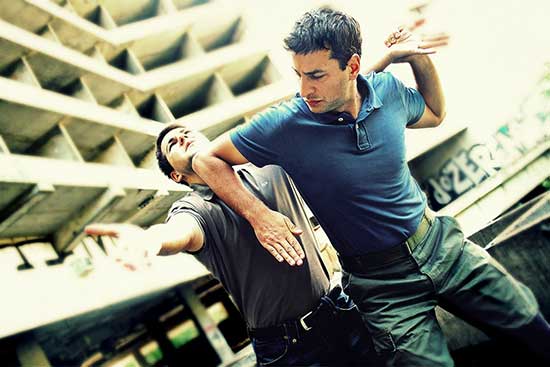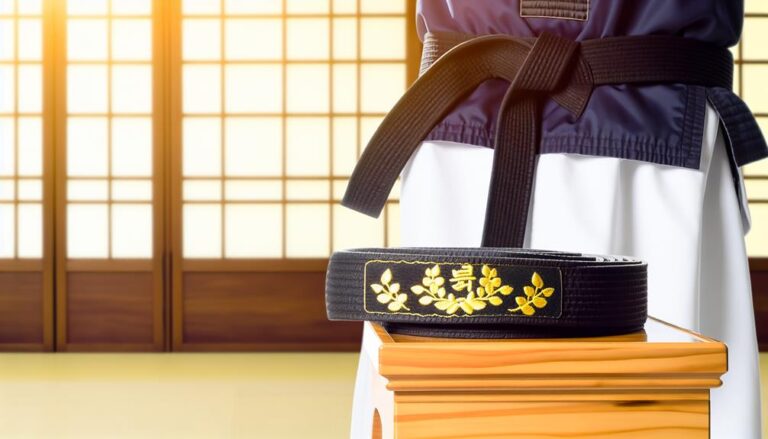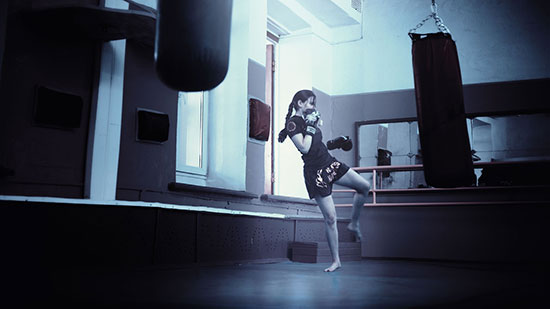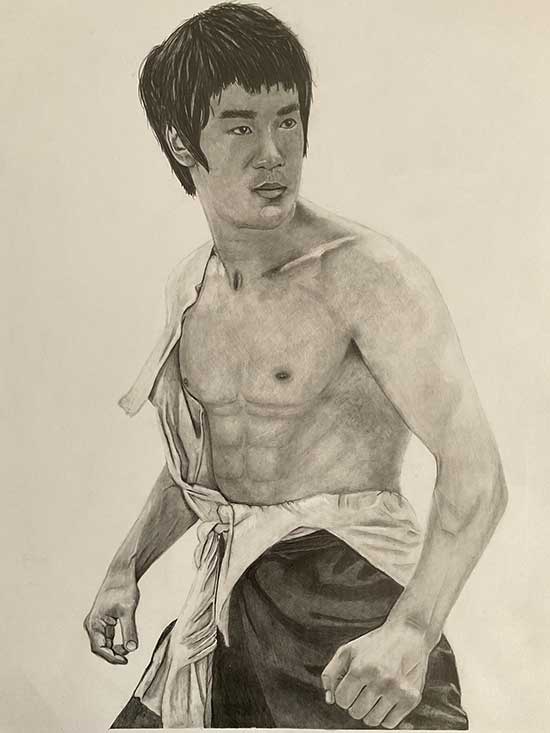Calf kicks and thigh kicks are the most common weapons in MMA. These two kicks can help slow down your competitor, thus giving you the upper hand.
But out of these two fighting techniques, which can cause more damage to your opponent? In this article, we will discuss these two techniques in detail to help you know which one is better than the other.
Now without further ado, let’s get into the article.
Contents
What are thigh kicks?
As the name suggests, thigh kicks involve targeting the thighs of your opponent. It involves kicking the meaty part of the thigh of your opponent with your hard shine bone.
The main goal of thigh kicks is to reduce the mobility of your opponent, thus giving you an upper hand in a fight. With thigh kicks, you will weaken your opponent’s stance, making it easier to hit your targets.
Most athletes use thigh kicks to change the game in their favor and when executed properly, they can slow your opponent’s mobility making it easy to finish them off.
The key to thigh kicks is that they must be executed with a lot of force to inflict damage to the opponent. If they are not executed with a lot of power, then they will put you at more risk.
If you don’t execute your strike well, it will not inflict damage to your rival and you will also give them a great chance to produce a counter that you may never overcome.
Additionally, you need to stay out of danger when you launch thigh kicks to minimize the chances of your opponent hitting you off-guard.
What are calf kicks?
Calf kicks are low roundhouse kicks or low shin kicks that target the opponent’s calf. When executing calf kicks you need to strike your opponent with your lower shin and put a lot of force to cause maximum damage to your opponent.
The calf is a powerful weapon that can quickly finish the opponent off because of how vulnerable that area is. A well-placed calf kick will dig into your opponent’s calf, thus affecting his mobility.
Its effectiveness in incapacitating the opponent has made calf kicks one of the most used strikes in MMA. It can slow your opponent down allowing you to finish him off quickly.
Thigh kicks vs. calf kicks, what is the difference?
Now that you know what thigh and calf kicks are, you are probably interested to know how they differ from each other.
Calf kicks and thigh kicks are regarded as the most lethal weapons in MMA. The main goal of these two types of kicks is to slow down the opponent.
However, they are very different from each other. One of the key differences between thigh kicks and calf kicks is their target area.
Thigh kicks target the thighs while calf kicks target the calf. Another major difference is how these two kicks are executed. In thigh kicks, the attacker uses their leg to hit the opponent’s thigh with the shinbone or the foot.
On the other hand, calf kicks involve throwing roundhouse kicks aiming at the opponent’s calf with the lower shin to slow their movement.
Which one is more effective?
Out of these two techniques, thigh kicks are more effective in terms of slowing down your opponent.
In fact, the fighters usually use thigh kicks to finish off the opponent because it is very effective and can cause a lot of damage if executed well.
It takes fewer kicks to cripple the opponent’s leg with thigh kicks. The reason why thigh kicks are more lethal compared to calf kicks is because of two reasons.
The first reason is that the thigh is less mobile and thus gets damaged faster when hit with a strong kick. The second reason is that it has more mass, meaning it has a bigger target.
Most fighters can lift their leg when they see a calf kick coming but it is not easy to defend against a well-executed thigh kick.
Which one hurts the most?
When it comes to which one hurts the most between these two kicks, then calf kicks are the undisputed winner.
This is because of how vulnerable that area of the leg is. Calf kicks are very painful because the swelling usually has nowhere to go.
Unlike the thigh, the calf is constructed in a way that swelling cannot spread through the rest of the leg. The pain usually stays in the calf and also affects the nerves of the food making it very painful.





